Pompeii was blanketed in ash in 79 A.D. when the notorious Vesuvius volcano erupted, killing everything in its path.
The ancient Roman city lay untouched for centuries, and it's now a vast archaeological expanse, holding a wealth of treasures that are incredibly well preserved. There are still fascinating discoveries from time to time at the site by archaeologists and probably many more secrets yet to be uncovered.
Newsweek reflects on five of Pompeii's most fascinating finds.
Slaves Bedroom
One of the most recent discoveries in Pompeii is also one of the most interesting.
On August 20, archaeologists announced that a small bedroom in a Roman villa that was used by slaves had been uncovered.
The room was found at the Civita Giuliana villa within Pompeii, which is towards the north of the ancient city, the Italian Ministry of Culture said.
It contained two beds, two cupboards, as well as a few containers. In one of the containers, the remains of a two mice and a rat were discovered, the director of Pompeii Archeological Park, Gabriel Zuchtriegel, said.
The room provides an extremely rare glimpse into the lives of slaves during this time. There were no chains or restraints found in the room.
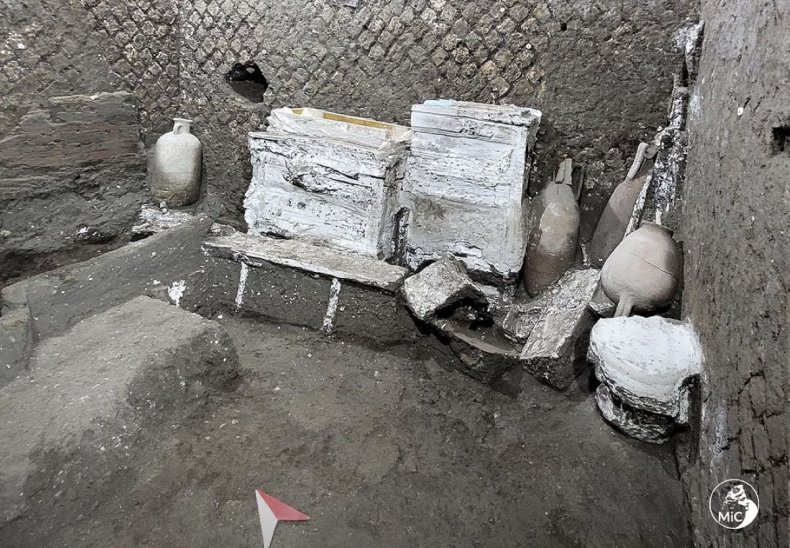
Human remains
Since Pompeii was excavated, the remains of more than 1,300 humans have been found at the site. They all died when the eruption occurred.
The plaster casts of many of the victims, and the positions they were in when they died, can be seen at the site today.
During excavations in 1870, archaeologists discovered pockets of air among the rubble, containing human remains. When filled with plaster, they created the human models.
New human remains are being discovered all the time. The latest were only just discovered this year.
The two human skeletons were found crushed beneath the ruins of a fallen building in May 2023. Archaeologists believe they died during an earthquake that accompanied the eruption.
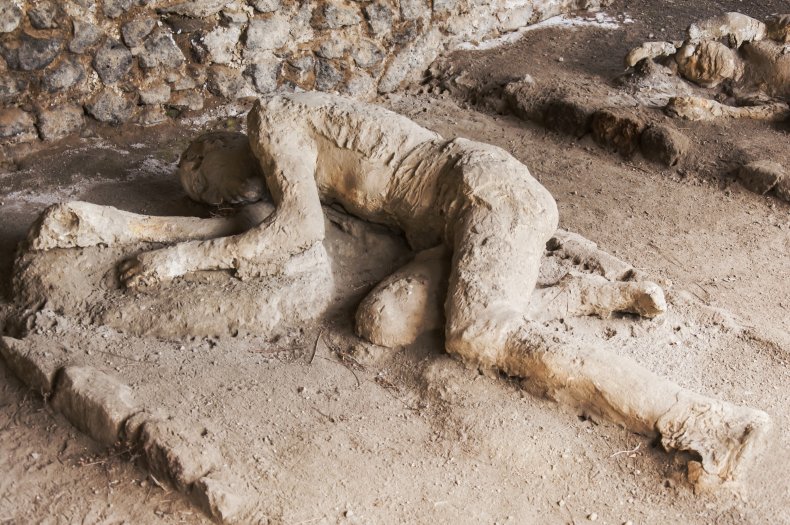
Villa of the Mysteries
Another one of Pompeii's most famous attractions is the Villa of the Mysteries, discovered in 1909.
Although it lies on the outskirts of the ancient city, it was also blanketed in ash during the eruption.
In one room, the walls are covered in impressive paintings, that appear to depict a bride being brought into a mystery cult.
It's clear that whoever lived in this villa would have enjoyed endless luxuries due to the lavish decorations and detailed paintings.
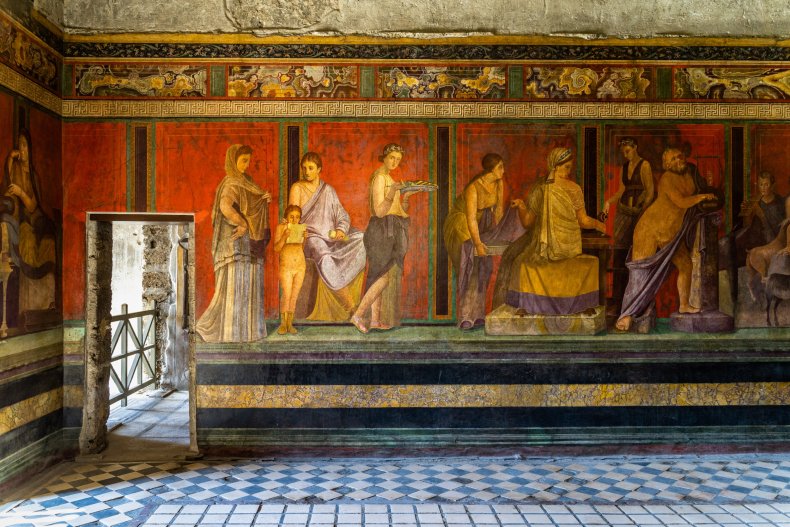
Brothel
In 1862, archaeologists discovered the well-preserved remains of a two-story brothel, which gave archaeologists an insight into the life that the Romans led.
Inside the brothel there is graffiti and erotic portraits, which can still be seen today.
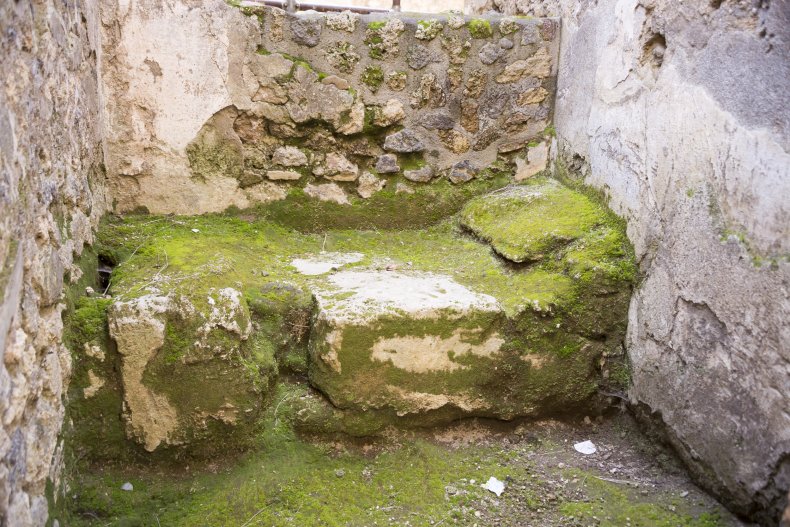
Ancient Graffiti
Just like us, it appears the residents of Pompeii occasionally defaced their buildings with graffiti.
While the preserved buildings alone are a site to behold, the words etched onto the stones make the ruins even more poignant, as they provide a glimpse into the lives of the people who lived there.
The words range from declarations of love to political insights and insults.
One declaration of love reads: "Health to you, Victoria, and wherever you are may you sneeze sweetly," as reported by The Atlantic. One insult reads "Sanius to Cornelius: Go hang yourself!"
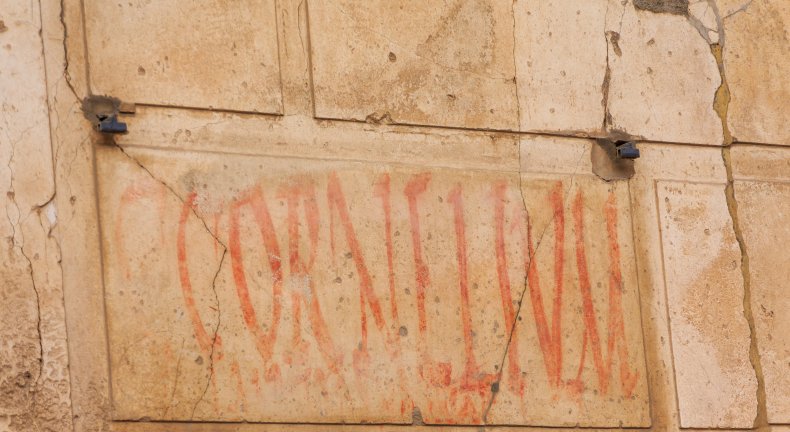
Do you have a tip on a science story that Newsweek should be covering? Do you have a question about Pompeii? Let us know via science@newsweek.com.








